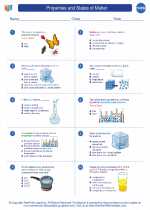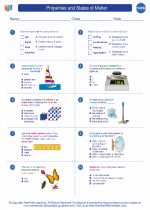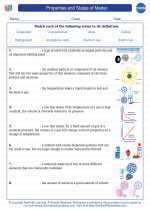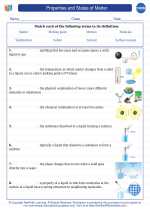Understanding Angular Velocity
To understand angular velocity, it's essential to comprehend the concept of angular displacement. Angular displacement (θ) refers to the angle through which an object has rotated in a specified time interval. Angular velocity is then defined as the rate of change of angular displacement with respect to time.
Mathematically, angular velocity (ω) is defined as:
center;">ω = Δθ / Δt
where Δθ represents the change in angular displacement and Δt represents the change in time.
Units of Angular Velocity
Angular velocity is measured in radians per second (rad/s). One radian is defined as the angle subtended at the center of a circle by an arc whose length is equal to the radius of the circle. This unit is derived from the fact that 2π radians is equivalent to one complete revolution (360 degrees).
It's important to note that angular velocity can also be measured in revolutions per minute (rpm), with the conversion factor being 1 revolution = 2π radians.
Applications of Angular Velocity
Angular velocity is a fundamental concept in the study of rotational motion and has numerous practical applications. It is used in fields such as engineering, physics, and astronomy, where it plays a critical role in the analysis of systems involving rotating objects.
For example, in engineering, angular velocity is essential for understanding the motion of gears, pulleys, and other rotating machinery. In physics, it is used to describe the motion of objects such as spinning tops, wheels, and celestial bodies. In astronomy, angular velocity helps in determining the rotational speed of planets and stars.
Study Guide for Angular Velocity
When studying angular velocity, it's important to focus on the following key points:
- Understanding the concept of angular displacement and its relationship to angular velocity.
- Knowing the mathematical definition of angular velocity and being able to calculate it using the formula ω = Δθ / Δt.
- Recognizing the units of angular velocity, including radians per second (rad/s) and revolutions per minute (rpm).
- Exploring real-world applications of angular velocity in various fields, such as engineering, physics, and astronomy.
Additionally, practicing problems involving angular velocity calculations and understanding how it contributes to the overall study of rotational motion can help reinforce the understanding of this concept.
◂Chemistry Worksheets and Study Guides High School. Properties and States of Matter

 Worksheet/Answer key
Worksheet/Answer key
 Worksheet/Answer key
Worksheet/Answer key
 Worksheet/Answer key
Worksheet/Answer key
 Vocabulary/Answer key
Vocabulary/Answer key
 Vocabulary/Answer key
Vocabulary/Answer key
 Vocabulary/Answer key
Vocabulary/Answer key
